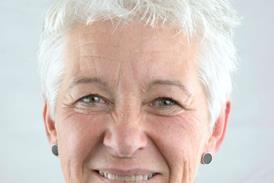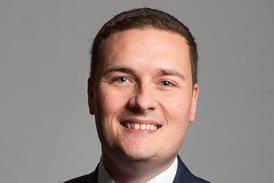On the news and in the papers this week was a highly critical report by the Independent Police Complaints Commission.
The report details the repeated failure of Leicestershire police to recognise that a single parent with a daughter with learning disabilities was vulnerable and was a repeat victim. Fiona Pilkington and her daughter suffered 10 years of abuse, threats and vandalism until in a state of utter despair she locked herself, her daughter and the family pet rabbit in the car and set it alight.
This was not just a failure by the police, it was a failure by the housing department, by the social services, by the community health services, her neighbours: all failed to act. This collective failure is now being repeated by the media who continue to fail to recognise and describe this for what it is - hate crime.
This is what I wrote at the time of their deaths. Unfortunately it is still needed saying:
“We know that people are abused, assaulted and even killed because of the colour of their skin. We know that people have been the subject of violence and death threats due to their religion. We know of people who have been kicked to death for no other reason than they were believed to be gay.
We know of people with a learning disability whose lives are made hell by local children shouting abuse and throwing stones at them in the street. We know from a survey carried out by Leonard Cheshire Foundation that one in ten disabled people have been the victim of hate crime.
To abuse and assault someone simply because of their colour, religion, sexuality or disability is a crime motivated by hate. Whilst such crimes are recognised in law as different and more serious because of their motivation, do public sector services and the general public see it this way?
If you work with people who have a learning disability your aim is to help them have a job, a home and a social life but the more you succeed the greater the risk of exposing them to the ” hate” of some in the community. Those people who don’t want “them” living here.
The abuse can get so bad it drives the individual to suicide. It happened in Leicestershire recently; a mother killed herself and her disabled daughter by dousing her car in petrol and setting it alight with the two of them inside. They were driven to this level of despair by a local gang of youths who had terrorised them for years.
Why was this allowed to happen? The main reason seems to be that those who should have offered protection did not recognise this as hate crime, dismissing it instead as antisocial behaviour. I am sure this will not be the only place or the only example of the public sector services failing to recognise hate crime.
How do we get agencies to recognise hate crime?
Clearly there is much that can be done through raising awareness. Police, housing, schools and social service staff can gain an insight into the experience of those who have been the subject of prolonged and ongoing abuse and violence by hearing their stories. Agencies can adopt a more sympathetic response and challenge their own attitudes in much the same way as police and housing officers have done in relation to domestic violence.
And like domestic violence this is not just about getting agencies to treat these offences more seriously and use the law more effectively, it is about changing attitudes in the wider community.
This starts in schools and involves recognising the difference between bullying which is unpleasant and unacceptable and homophobic bullying or racism which is a crime. It means being able to defend this position against the popular media’s cries of political correctness, in much the same way as treating this in the wider community not as antisocial behaviour but criminal behaviour.”

























No comments yet